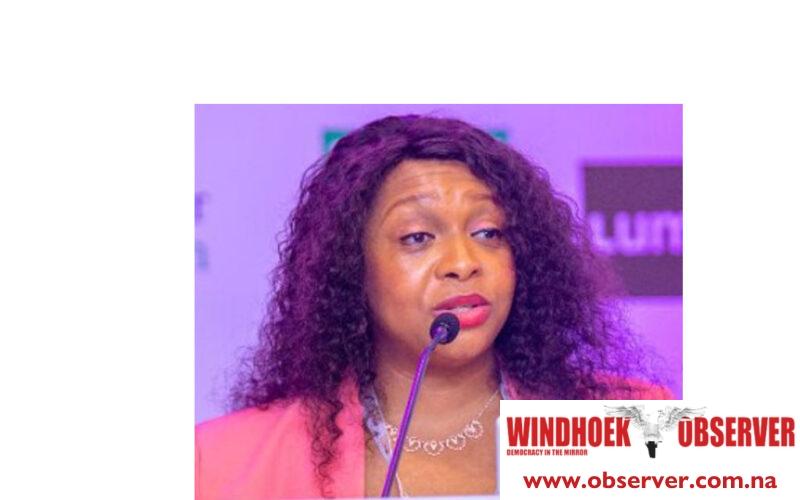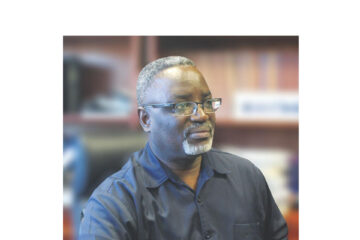Yemisi Akinbobola
The Paris 2024 Olympic and Paralympic games saw a historic 50:50 representation . To show just how far we’ve come, compare it with 2.2% female representation among athletes in the 1900 Olympics.
Whilst we celebrate this achievement with the world, unfortunately, gender eligibility was the issue that dominated the headlines, resulting in a barrage of online attacks on Algerian boxer Imane Khelif. Khelif’s story is not new to the experiences of African women athletes.
Women like Caster Semenya (South Africa), Beatrice Masilingi (Namibia), Aminatou Seyni (Niger), Annet Negesa (Uganda) and Maximila Imali (Kenya) have all been prevented from competing at the Olympics due to the IAAF’s regulations on testosterone levels for athletes. So far only women from the Global South (mostly Africa) have been impacted by the regulations!
Khelif came away victorious at the Paris 2024 Olympics, with a gold in the Women’s Welterweight and has filed a cyberbullying lawsuit against Elon Musk and J.K. Rowlings. Power to her!
The 50:50 representation is worthy of note. And while we celebrate, it demonstrates what is possible with ‘will’ and ‘deliberate action’. Media industries must learn from this!
According to a 2024 Reuters study across 12 markets, only 24% of the top editors across 240 major news brands are women, despite women making up 40% of journalists in these markets. Similarly, the United Nations Gender Inequality Index found that many countries still lack women in top editorial positions. Whilst the percentage of women in top editorial roles has increased slightly from 23% in 2020 to 25% in 2024, at this rate, gender parity in media leadership might not be achieved until 2074!
This is yet another reason why it is paramount that we keep the conversation going.




